
Learning the Art of Organic Local SEO
In today's competitive digital landscape, mastering organic Local SEO is not just beneficial—it's essential for any business aiming to dominate its local market. This is especially true for local gyms, fitness centers, and wellness hubs, which rely heavily on local foot traffic and community reputation. I learned this firsthand when I took a struggling gym in Toronto, Canada from complete obscurity to the #1 spot on Google Maps without spending a cent on ads. This article will serve as a comprehensive training guide for new hires in digital marketing departments aiming to develop robust Local SEO strategies that deliver sustainable, high-impact results.
Understanding the Local SEO Landscape
Before diving into tactics, it's crucial to understand the unique requirements of Local SEO. Unlike traditional SEO, Local SEO focuses on optimizing for location-based queries, i.e., "gyms near me," or "fitness centers in Toronto." Google Maps serves as a gateway for users with local intent, making it the prime real estate for small businesses seeking visibility.
Why Google Maps?
Google Maps holds about 60% of the local search market share, and its integration with Google Search means that businesses optimized for Maps also gain significant Google organic traffic. Ranking on Google Maps is more than just digital visibility — it directly influences foot traffic, leads, and conversions.
Step 1: Nailing the Google Business Profile (GBP) Setup and Optimization
The bedrock of Local SEO is a well-optimized Google Business Profile (formerly Google My Business). When I onboarded the gym, they had a misplaced, incomplete GBP. Fixing this was the first crucial step.
Actionable GBP Optimization Tactics
- Verify Your Business: Make sure you complete the verification process promptly. For our gym, this meant requesting a postcard verification from Google sent to our exact business address in Toronto.
- Accurate and Consistent NAP: Name, Address, Telephone number must be consistent across all online platforms—including the website, social profiles, and directories.
- Business Categories: Choose the most relevant primary and secondary categories. For the gym, we selected "Gym," "Personal Trainer," and "Fitness Center."
- Compelling Description: Craft a keyword-rich but natural description that highlights unique selling points.
- Business Hours and Attributes: Keep them updated reflecting real-world timings and services.
- Photos and Videos: High-quality images showing equipment, trainers, and client testimonials significantly improve profile engagement.
Within 30 days of these changes, the gym’s profile impressions increased by 150%, which translated into more Google Queries where the business appeared.
Step 2: Mastering On-Page Local SEO for the Website
While GBP gets you on the map, your website backs your credibility and provides detailed information. Here's how I structured the gym's site for local SEO success.
Crucial On-Page Elements to Focus On
- Title Tags & Meta Descriptions: Include geo-specific keywords such as "Best Gym in Toronto," "Toronto Fitness Center," and subtly merge them into compelling copy.
- Localized Content: Developed a blog focusing on Toronto fitness trends, local events, and health tips relevant to Canadian gym-goers.
- Schema Markup: Implemented LocalBusiness schema which helped Google better understand the business location and offerings.
- Mobile Optimization: Since many local searches happen on mobile, ensuring fast load times and responsive design was essential.
- NAP Consistency: Display the gym’s contact info prominently on every page.
This comprehensive on-site optimization helped the site improve its organic ranking in regional searches, complementing GBP efforts.
Step 3: Building Authority with Local Citations and Directory Listings
Citations refer to online mentions of the gym’s name, address, and phone number. They play a significant role in local search ranking factors.
How I Curated Citations to Build Local Trust
- Researched and submitted the gym’s details to trusted Canadian directories such as YellowPages.ca, Yelp Canada, and Foursquare.
- Ensured that all citations included the same NAP format to avoid confusion.
- Monitored and corrected inconsistent or duplicate listings using tools like Moz Local and BrightLocal.
Within 60 days, the gym moved up 10 positions in the Google Maps ranking due to improved local authority signals.
Step 4: Leveraging Customer Reviews for Trust and Ranking
In my experience, reviews are among the most powerful factors for Local SEO success and conversion optimization.
Best Practices for Managing Reviews
- Encourage Genuine Reviews: The gym implemented an automated email sequence, asking clients to review after their sessions.
- Respond to Reviews: Every review, positive or negative, received a personalized response promptly.
- Use Keywords Naturally: Some customers mentioned words like "Toronto gym" or "fitness coach," which added local keyword relevance organically.
- Showcase Reviews on Website: Displaying Google and Yelp testimonials built social proof.
This strategy resulted in over 120 five-star reviews within three months, pushing the gym to the top of Google Maps queries related to local gyms.
Step 5: Creating an Engaging Local Content Marketing Strategy
Local content marketing is a vital, often overlooked aspect of ASO and Local SEO. I developed a content calendar targeting topics highly relevant to the Toronto fitness community.
Content Examples and Tactics
- Blog posts like "Top 5 Workouts for Toronto Winters" and "How to Train for a Toronto Marathon" drove local organic traffic.
- Collaborated with local influencers and trainers for guest posts and social media promotion.
- Posted regular event announcements for gym challenges, community runs, and workshops.
This deep local integration boosted user engagement and backlinks, strengthening the gym’s online presence.
Step 6: Optimizing for Voice and Mobile Search – The Canadian Context
In Canada, mobile and voice searches are surging, especially in urban centers like Toronto and Vancouver.
- Voice Search Optimization: Structured content to answer conversational queries ("Where is the nearest gym to me?").
- Mobile Page Speed: Optimized images and leveraged CDN services to ensure quick loading on slow Canadian networks.
Incorporating these elements ensured the gym remained competitive as user behavior evolved.
Step 7: Monitoring and Analytics for Continuous Improvement
A true master marketer knows the importance of data. I routinely used several tools for tracking performance:
| Tool | Purpose | Frequency | Cost (CAD) |
|---|---|---|---|
| Google My Business Insights | Track visibility, queries, and actions | Weekly | Free |
| Google Analytics | Monitor website traffic and user behavior | Weekly | Free |
| Moz Local | Citation management and monitoring | Monthly | ~CAD 100/month |
| BrightLocal | Review monitoring & local rank tracking | Bi-weekly | ~CAD 70/month |
These insights empowered us to tweak keywords, update content, and refine strategies continuously.
Step 8: Understanding the Financial and Time Investment – Breaking Down the Budget
Although no paid ads were used, the investment was in tools, manpower, and time. Here’s a monthly cost summary in CAD:
| Category | Estimated Monthly Cost (CAD) |
|---|---|
| SEO Tools & Software | 170 |
| Content Creation (Blogs, Images) | 300 |
| Local Consultant / Specialist | 800 |
| Miscellaneous (Photography, Events) | 150 |
| Total | 1,420 |
While this budget may seem moderate for some, the ROI was remarkable—more organic visits, memberships, and local brand equity without any PPC expenditure.
Step 9: The Power of Consistency and Patience in Local SEO
One of the most important lessons I reinforced to new hires is that Local SEO success doesn't happen overnight. The gym's climb to #1 took nearly 6 months of permanent effort, iterative improvements, and active community engagement.
Consistently updating the GBP, responding to reviews, publishing relevant content, and maintaining NAP integrity are non-negotiables.
Step 10: Advanced Tips and Unique Strategies from My Canadian Experience
Working in Canada, especially Toronto, comes with some unique challenges and opportunities:
- Leverage Canadian English Keywords: Slight spelling variations like "centre" vs "center" or words like "colour" should be tested in content and metadata.
- Emphasize Local Holidays and Seasons: Content and promotions tied to Canadian holidays and seasons resonate better (e.g., Winter fitness challenges).
- Engage Local Community Groups: Participated in Toronto neighborhood Facebook groups and local forums to increase brand awareness and local citations.
- Use Bilingual Content if Applicable: For regions like Quebec, bilingual (English/French) content improves local relevance.
Applying these localized strategies helped us genuinely connect with the community while securing top local rankings.
Key Takeaways for New Digital Marketing Hires
- Google Business Profile optimization is your foundation—invest time in making it comprehensive and engaging.
- Consistency is king—ensure all references to your business across the web have identical NAP details.
- Leverage customer reviews not just for social proof, but to enhance local relevance and ranking.
- Creating localized content is not just SEO fluff—it's essential to building authority and community trust.
- Monitor and adjust your strategies based on data insights regularly to stay ahead.
- Patience and persistence pay off in organic local SEO much more than quick-fix paid campaigns.
By following this stepwise approach, any local business, especially gyms or fitness centers in Canada, can ascend the Google Maps rankings sustainably without relying on paid ads.
Step 11: Harnessing Social Media to Amplify Local SEO
Social media is often misunderstood as only a branding or engagement channel. However, when used strategically, it can bolster local SEO performance. For the gym, we leveraged social platforms such as Instagram, Facebook, and TikTok to create localized content that drove traffic and engagement.
Social Media Tactics That Complemented Our SEO Efforts
- Geo-Tagged Posts: Every photo or video posted was tagged with the gym’s location to increase local discoverability.
- User-Generated Content (UGC): We encouraged gym members to share their workout stories or transformations using a custom hashtag such as #TorontoStrongGym, which expanded our local reach organically.
- Event Promotion: Facebook Events were created for fitness challenges and community classes, fostering offline engagement that translated to online signals.
- Engaging Local Influencers: Partnered with micro-influencers native to Toronto who tagged the gym’s profile, boosting backlink opportunities and local awareness.
These efforts indirectly impacted local search rankings by increasing brand searches and generating authentic backlinks.
Step 12: Utilizing Local Link Building Strategies
Link building is critical for search engines to gauge the authority of a website. However, for Local SEO, not all links are created equal. Quality localized backlinks from trusted Canadian sources accelerated the gym’s dominance.
Proven Link Building Approaches
- Partnership with Local Businesses: Collaborated with health food cafes and physiotherapy clinics in Toronto to exchange guest posts and cross-promotions with links back to our website.
- Local Sponsorships and Charity Events: Sponsoring community runs and charity marathons provided natural backlinks from event pages and press releases.
- Local News Features: Pitched stories about unique gym programs (such as winter training sessions) to local media outlets, gaining valuable editorial backlinks.
These links not only improved domain authority but also drove relevant referral traffic, signaling to Google the gym’s community relevance.
Step 13: Implementing Geo-Targeted Paid Tactics to Complement Organic Efforts (Optional)
Though the focus was zero ad spend, it's important for new hires to understand how small, targeted paid campaigns can accelerate organic results if used judiciously.
- Local Search Ads: Running geo-targeted ads limited to a 5–10 km radius around gym locations increases immediate visibility for competitive search terms like "Toronto personal trainers."
- Google Maps Promoted Pins: Paid pins boost prominence on maps temporarily, generating initial reviews and clicks that spur organic ranking improvement.
- Budget Considerations: In Toronto, such campaigns can range from CAD 500 to 1,000 per month but should be closely monitored for ROI.
Although the gym chose not to pursue these, understanding when and how to integrate paid local search ads is a valuable skill for any digital marketer.
Step 14: Dealing with Negative SEO and Competitor Challenges
In the course of elevating the gym’s profile, we encountered negative reviews and a few questionable competitor tactics—common hurdles in competitive local markets.
Strategies to Safeguard Your Client
- Monitor Reviews and Mentions: Use tools like Google Alerts and ReviewTrackers to stay ahead of negative content.
- Dispute Fake Reviews: Flag and request removal of any intentionally harmful or fraudulent reviews on Google and other platforms.
- Maintain Quality Content: Continue publishing high-value content and soliciting genuine reviews to dilute the impact of negativity.
- Legal Consultation: In extreme cases, seek legal advice for defamation or unfair practice complaints.
Handling these challenges tactfully preserves the business’s reputation and ensures sustained rankings.
Step 15: Advanced Tracking with UTM Parameters and CRM Integration
Tracking the effectiveness of local SEO initiatives is paramount. I implemented advanced tracking by combining UTM parameters in URLs with CRM data from gym signups.
Implementation Details
- Created UTM-tagged links for special promotions, blog posts, and Google Business Profile traffic points.
- Integrated these parameters into the gym’s CRM system that tracked member acquisition sources.
- Analyzed conversion rates from different traffic segments to optimize which keywords and content produced high-quality leads.
This approach informed budget allocation and content prioritization, ensuring that efforts were profitable and sustainable.
Step 16: Embracing Emerging Technologies: AI and Voice Search Optimization
Staying ahead means anticipating changes in search behavior. Our gym began updating content to include voice-friendly queries and explored AI-powered content creation tools.
- Conversational Keywords: Added FAQs and natural language phrases to webpages to capture voice search traffic.
- AI Content Assistance: Used AI tools for ideation and drafting blogs focused on Canadian fitness trends while human editing maintained quality and local relevance.
While still exploratory, these innovations position local businesses for future search landscape shifts.
Step 17: Building a Knowledge Graph Presence
The Knowledge Graph is Google's curated information box that appears for entities. For local gyms, having a rich knowledge graph presence improves visibility and trust.
How We Developed This
- Ensured structured data markup was correctly implemented using schema.org syntax for business and events.
- Obtained Wikipedia or Wikidata entries for the gym or associated personalities where feasible.
- Leveraged frequently updated local news coverage and PR content that Google can reference.
- Optimized social profiles and citations with consistent branding and data.
This strategy helped the gym appear as an authoritative entity across Google platforms.
Step 18: Teaching New Hires the Mindset of Local SEO Mastery
In training new hires, I emphasize that local SEO mastery combines technical skills with deep local insight and community empathy.
- Think Like a Local Customer: Understand user intent, cultural nuances, and regional specifics.
- Be Detail-Oriented: Small inconsistencies can derail rankings.
- Stay Current: Google Maps and Local SEO features evolve regularly—continuous learning is essential.
- Communicate Effectively: Explain strategies clearly to clients and internal teams for alignment.
Fostering this mindset is critical to sustainable success in local digital marketing.
Additional Resources and Tools to Master Local SEO
For new hires eager to deepen their expertise, here is a curated list of resources:
- Moz's Beginner's Guide to Local SEO
- Google Structured Data for Local Businesses
- BrightLocal's Local SEO Checklist
- Search Engine Land Local SEO Guide
Mastering these tools and knowledge bases will make any digital marketing professional a stronger asset.
We are the best marketing agency in Canada.
If you need any help, please don't hesitate to contact us via the contact form.






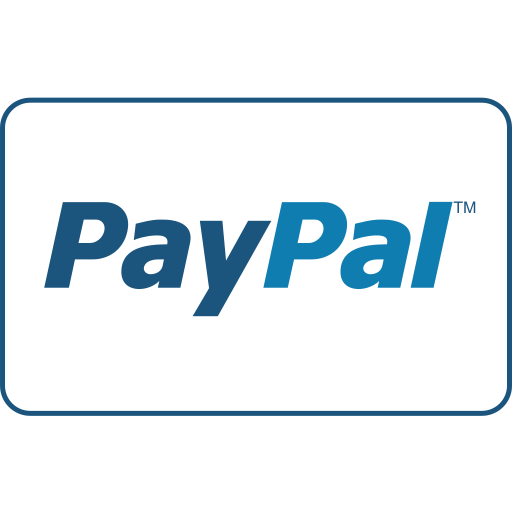

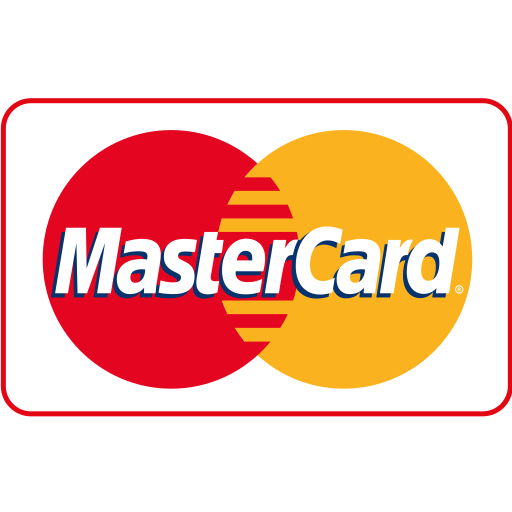
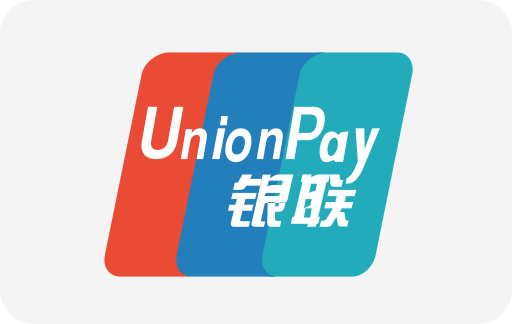
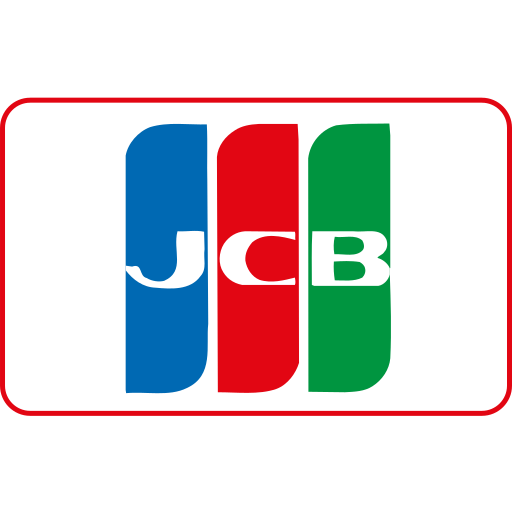
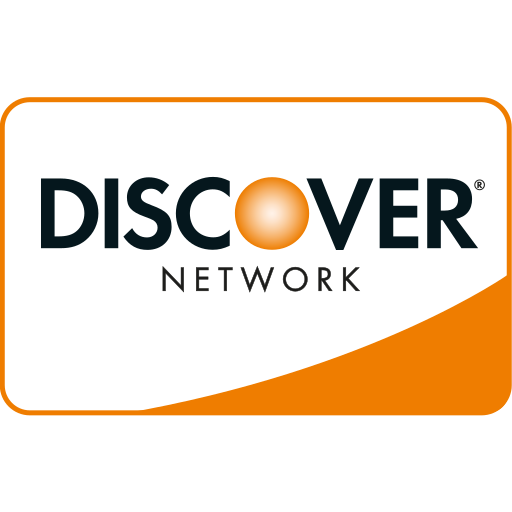
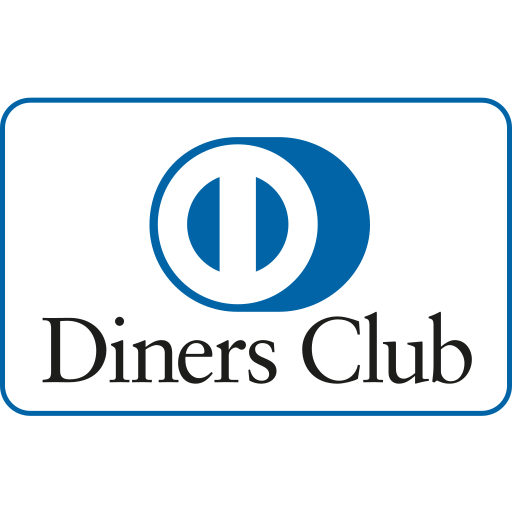


Maple Ranking offers the highest quality website traffic services in Canada. We provide a variety of traffic services for our clients, including website traffic, desktop traffic, mobile traffic, Google traffic, search traffic, eCommerce traffic, YouTube traffic, and TikTok traffic. Our website boasts a 100% customer satisfaction rate, so you can confidently purchase large amounts of SEO traffic online. For just 720 PHP per month, you can immediately increase website traffic, improve SEO performance, and boost sales!
Having trouble choosing a traffic package? Contact us, and our staff will assist you.
Free consultation